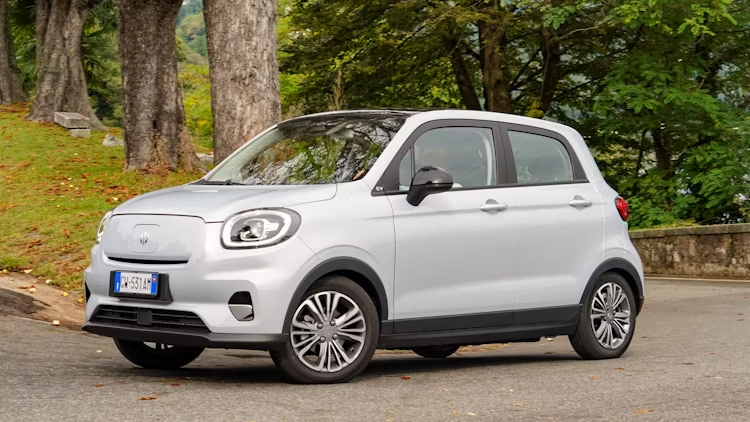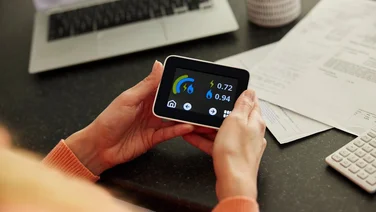- Airiva vertical wind turbine fence is ‘modular and scalable’
- Eight-blade unit can generate 2,200kWh per year
- Units can be set up in an array to cover large spans
- Commercial units will be available to order in 2025

Airiva modular, scalable and smart wind energy system – credit: Airiva
Designed for a ‘broad diversity of installation environments’, the Airiva is a modular vertical wind turbine that is set to be available for commercial installations in 2025.
Airiva, a US-based company co-founded by designer Joe Doucet and energy industry veteran Jeff Stone in 2022, created the wind fence to help the world reduce fossil fuel dependency and make wind power energy more accessible.
Described as a ‘modular, scalable and smart wind energy system’ each one of the eight-blade units could produce up to 2,200kWh per year and be used alongside other forms of renewable energy, including solar panels.
This doesn’t match the energy output of a ‘normal’ wind turbine, but this is not the goal Airiva has in mind, as Doucet explains, the design: “integrates within the architecture and infrastructure of our urban and suburban landscapes to bring clean energy closer to where we live and work.”
Use cases cited on the company’s website include: commercial buildings, campuses, municipal and public facilities (like airports), coastlines, marina and harbours, as well as along the side of transport infrastructure like roads and railways.
Although currently a prototype, the aim is to be conducting customer pilots from summer 2024 and accepting orders for commercial units as early as 2025.
Typical wind farm turbines use propellers to generate kinetic energy, whereas the Airiva wind energy system uses two-metre tall vertical blades in a helical structure. While this isn’t a new idea, Airiva is looking to use multiple rotary blades operating simultaneously, but independently of each other, to optimise performance.
Airiva’s manufacturing target is to reach a minimum of 80% recycled materials throughout the construction process, to help reduce CO2 emissions and build a greener planet.
The turbines move in an attractive flowing motion, which is intended to make them a more desirable addition to the urban and suburban environments, but they can also capture wind from any direction, maximising efficiency.
Less power is lost when energy is used locally, and the system also gives users resilience against power outages.
In an interview with Dezeen, Doucet said: “The Airiva wind energy system complements and co-exists with other renewable energy systems while expanding the applications for distributed wind energy.”
The electricity can be used, stored or fed back into the grid.






